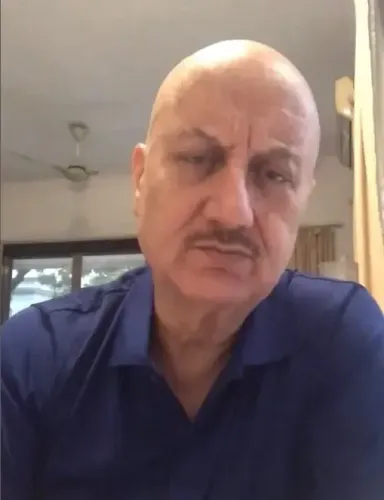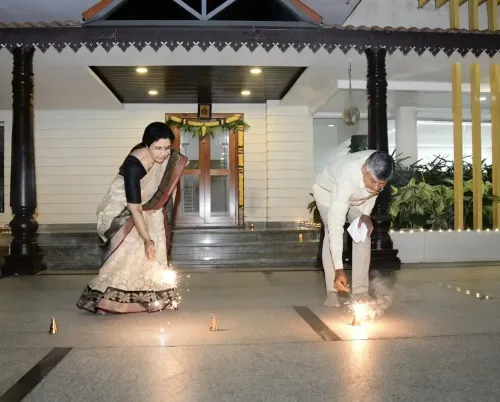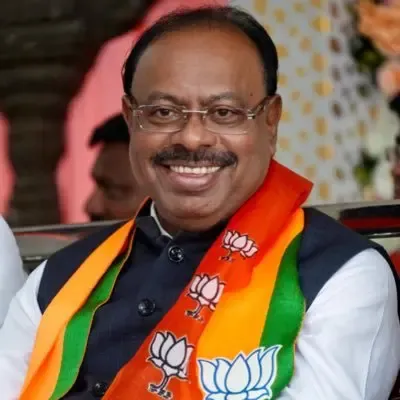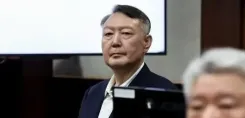Can Sculptors of TN's Tiruppur Preserve Their Heritage Craft with a Dedicated Industrial Cluster?
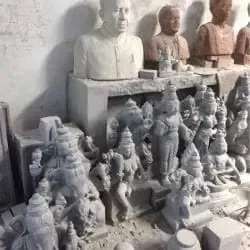
Synopsis
Key Takeaways
- Thirumuruganpoondi is a significant hub for stone sculptures in Tamil Nadu.
- The industry is facing serious challenges due to rising material costs.
- Government intervention is crucial for the survival of this traditional craft.
- Access to credit and support for young artisans is a pressing issue.
- Without action, the heritage of stone sculpture may disappear.
Chennai, July 14 (NationPress) Artisans from Thirumuruganpoondi, a town celebrated for its traditional stone sculpture industry in Tiruppur district, have called upon the Tamil Nadu government to create a dedicated industrial cluster aimed at protecting and revitalizing their time-honored craft.
K. Radhakrishnan, a temple architect and leader of the Thirumuruganpoondi Sculptors Association, highlighted the town’s historical importance.
"Following Mahabalipuram, Thirumuruganpoondi stands as the second most significant center for stone sculptures in Tamil Nadu. For six generations, our town has nurtured talented artisans who create exquisite stone sculptures, distributed across various states and cities,” he remarked.
Radhakrishnan noted that raw materials are mainly procured from Uthukuli in Tiruppur and Rasipuram in Namakkal. However, restrictions on quarry activities in Uthukuli have resulted in a critical shortage of quality stone, causing prices to surge from Rs 600 to Rs 900 per square foot within a year.
Simultaneously, the rising cost of machinery has forced sculptors to increase their prices, leading to a decline in their order volumes.
He cautioned that the industry is in jeopardy due to governmental indifference. “Five years ago, there were over 150 sculpture workshops in Thirumuruganpoondi; now merely 112 remain. Skilled artisans earn up to Rs 1,500 daily, while we compensate new trainees with Rs 500. Yet, young individuals are hesitant to join the field, and families with generational ties to this profession discourage their children due to insufficient support.”
He urged the government to either fully finance a dedicated cluster or provide land at a 50 percent subsidy.
Without such aid, he warned, the industry may eventually fade away. S. Yuvraj, secretary of the association, pointed out that accessing credit remains a significant challenge.
“Last year, we trained 21 young individuals to become entrepreneurs. They sought loans but have yet to receive any, leading to disappointment and distrust. The government should intervene to simplify loan access, offer machinery subsidies, and create a dedicated board to support workers in this sector.”
In response to these requests, a senior official from the District Industries Centre (DIC) indicated that the government’s Micro Cluster Development Programme already provides up to 90 percent subsidy for project costs up to Rs 7.5 crore. However, artisans are still responsible for land acquisition.
"If sculptors wish to obtain government-supported land, they can approach us directly. We are prepared to guide them and assist with the loan process,” the official stated. The sculptors remain hopeful that timely governmental support will help sustain this traditional art form and rejuvenate the once-flourishing industry.


